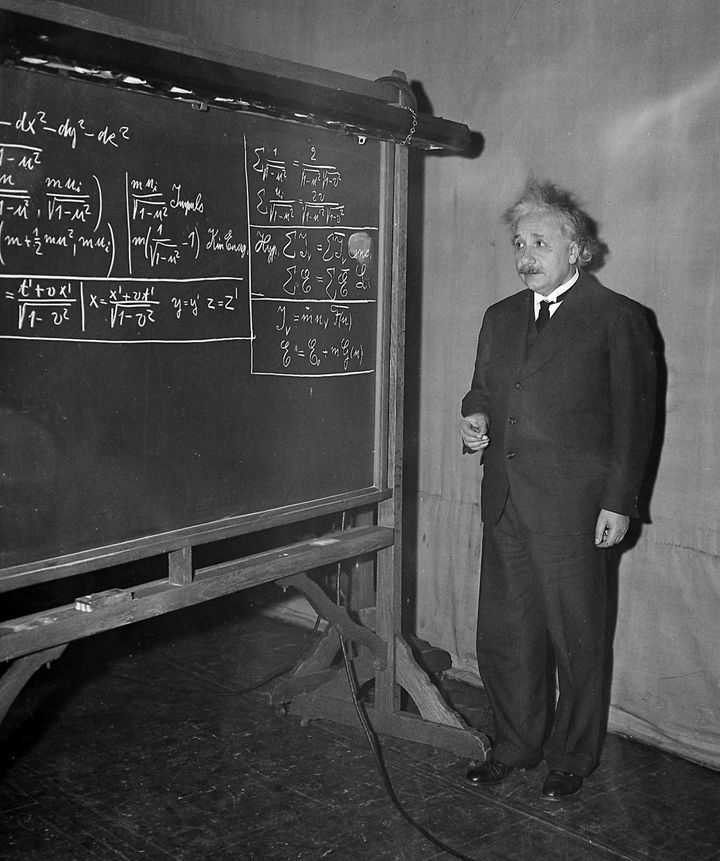
A wide variety of explanations were offered by scientists to account for the unexpected result that came out of the OPERA experiment which seems to have violated one of the tenets of modern physics. Strangely, the researchers who reported the discovery made no deliberate attempt to justify the results. They simply called for independent repetition of the experiment to root out any systematic errors.
The neutrinos breaking the speed limit is the latest buzz, somewhat subsided by now. Most you have already heard about it including the details of the experiment in which neutrinos generated at CERN were propelled to the OPERA detector located at 732 km from CERN. In the process, scientists discovered that these sub atomic particles appear to be traveling faster than light. The published result is based on high-statistics data taken by the detector in the years 2009, 2010 and 2011.
A remarkable find, indeed. But there are numerous factors to be considered before accepting this rather shocking result. Clearly, the authors concluded, the potentially great impact of the result motivates the continuation of our studies in order to investigate possibly still unknown systematic effects that could explain the observed anomaly. As one could imagine, it's an extremely difficult experiment and is not a straightforward affair for even a neutrino expert to comprehend the technical details including the measurements of time and distance involved in the experiment.
Why can't anything go faster than the speed of light (c)? Well, when an object of mass approaches the speed of light, its effective mass increases as shown by the theory of relativity equations. Consequently, it needs infinite amount of energy to push the object further. In other words, for an object with mass, it is practically impossible to achieve the speed of light.
However, there is no such restriction on the speed of massless particles as they can travel at the speed of light like the photons that make up light. Though originally assumed to be as massless, recent experiments have shown neutrinos posses a small mass and thus they must not have a speed more than that of light. The OPERA result is, seemingly, contradicting this fact. In this experiment the speed of neutrinos were found to be 1.0000248(28) c.
There are several possibilities for real faster than light travel that have been proposed, though many of them are hypothetical in nature. In principle, there are several occasions where particles can move faster than the speed of light without violating Einstein relativity.
While media headline range from, "Einstein may be wrong" to "Time travel possible," it remains to be seen whether the result is true, and if so, whether speeds greater than c can be accommodated by the theory of relativity. Some scientists have even invoked exotic extra dimensions to accommodate the result and save the special theory of relativity.
More reason to be skeptical is that past studies claiming to have measured particles traveling at speeds greater than c have proved false. One, the 2007 Main Injector Neutrino Oscillation Search (MINOS) experiment in Minnesota, detected neutrinos from the particle-physics facility Fermilab in Illinois arriving slightly ahead of the expected time. However, there was too much uncertainty in the detector's exact position to be sure the neutrino's speed and the measurement's significance. MINOS would repeat the experiment to confirm or reject the more recent CERN result.
The meter and the second are arbitrarily defined and are chosen to make precise physical measurements easier. Previously, the meter and second have been defined in various different ways according to the measurement techniques of the time, and they could change again in the future. The latest experimental result is not significant enough to withstand the possible small change that could reflect in the accepted value of speed of light with a new definition of meter and second.
Exactly, the OPERA scientists asked the replication of the experiment before any exotic conclusions are made. As the proverb goes, "It's better to light a candle than curse the darkness."
